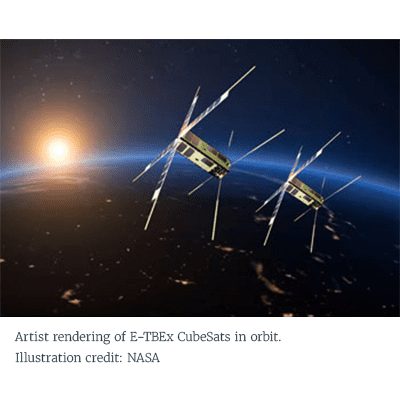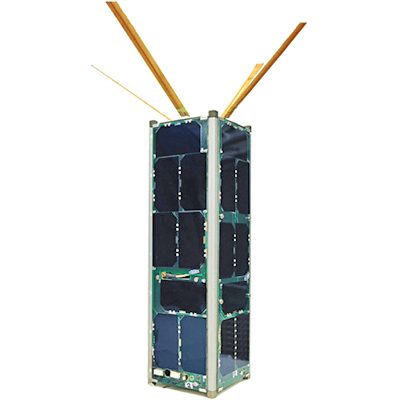Transforming space exploration into a concept that is accessible by creating advanced but low-cost and low-risk CubeSat technology
THE CHALLENGE
Space and satellite technologies used to be inaccessible to commercial entities, researchers and students looking to break into the field. This was due to multiple factors including initial manufacturing challenges, launches requiring large amounts of land, and excessive amounts of red tape.
THE SOLUTION
Researchers at SRI International worked alongside other experts to create CubeSat technology. These are small satellites that are used for missions dedicated to space weather and atmospheric research. Compared to traditional satellite equipment, CubeSats are a cost-effective way for both large-scale government agencies, startups and academics alike to gather information essential to their work.
For decades, satellite and space research technologies were limited to a handful of agencies and corporations with access to extensive research facilities and large amounts of capital. To make this field more accessible to students, academics and commercial entities, researchers at SRI partnered with California Polytechnic State University in 2000 to develop the CubeSat program.
The program was intended to enable master’s students to have a more comprehensive learning experience when studying space and satellite technologies. SRI contributed by developing portions of the CubeSat communications systems.


Since the CubeSat program began, SRI has participated in the creation of over 100 CubeSats, managed the launches of more than 70 CubeSats and manufactured over 120 p-pods that have never failed since being launched into orbit.
In addition to working with academic institutions and government agencies, SRI technology was used in the development of CubeSats that flew on the second launch of the Falcon 9. SRI also worked with the National Science Foundation in 2010 to develop the Radio Aurora Explorer (RAX), the first CubeSat to be re-used on multiple missions.
Today, SRI researchers are continuing to refine and further improve CubeSat technology with three notable projects:
- CubeITs: identification tags for CubeSats that make it easier for operators to manage orbital traffic.
- CubeSats for E-TBEx: a program focused on leveraging CubeSat technology to study the ionosphere.
- CubeSats development for NASA’s synthetic aperture radar-based earth observation program.



